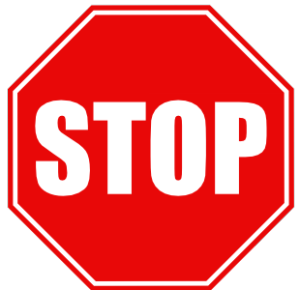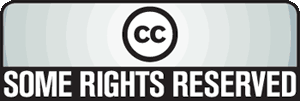You’ve found the perfect article, book chapter, image or video and you want to use it for your course. Can you?
Yes! Wait, No! Well… maybe. It can be complicated. In most cases, you can create link in your myLesley course that takes your students to the author’s website. However, you may not have permission to make a copy of it and distribute it to your students… even for education purposes. Fair Use provides you with an exception for educational use, but you still need to balance the Four Factors of Fair Use to make sure your situation applies.
- Purpose of Use – Is your use of the work transformative or different from way it was used before?
- Nature of the work – Facts are not protected by copyright, but creative works are.
- Amount of work used – Using only the amount of the work needed or very small amounts
- Effect on the market value of the work – Will your use of the work impact the ability of the author to make money or sell copies of the work?
Fair use is not black and white which is why it’s so confusing. The video below provides a good overview for instructors on what might be possible without getting into legal hot water. The University of Texas Libraries Copyright Crash Course and Digital ID’s Can I Use That? Creative Commons Guide are great resources for learning more. When in doubt, Ask a Lesley Librarian. They can help determine fair use or find an alternative.


